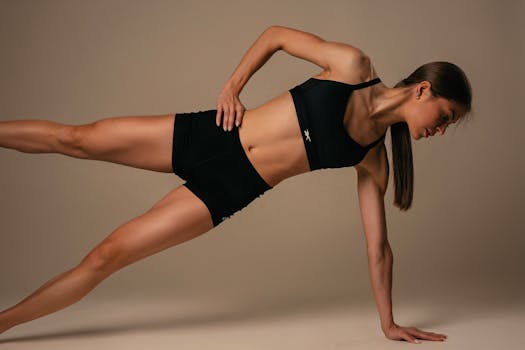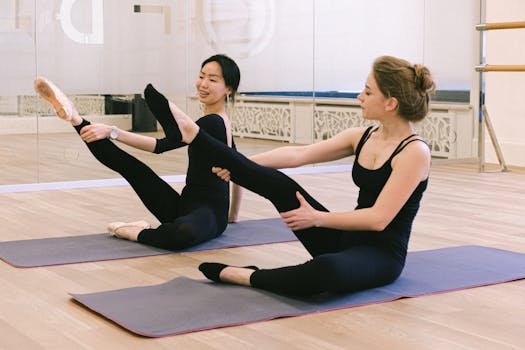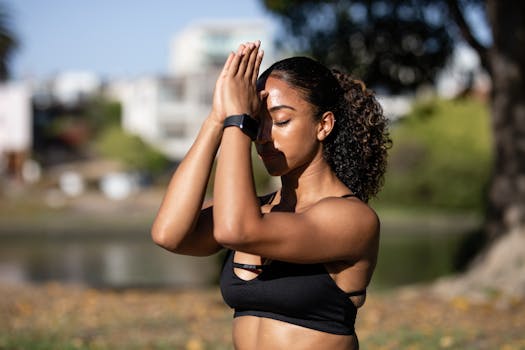Exploring Different Styles of Yoga: Hatha, Vinyasa, Ashtanga, and More
Takeaways: Yoga is a versatile practice with various styles catering to different needs. Hatha offers a gentle introduction, Vinyasa adds fluid movement, and Ashtanga provides a rigorous routine. Understanding these styles can enhance your practice and well-being.
Yoga has become a popular practice worldwide, attracting individuals seeking to improve physical health, mental clarity, and emotional well-being. Each style of yoga has unique characteristics, allowing practitioners to choose what resonates with them. In this article, we will explore some of the most prominent styles of yoga, including Hatha, Vinyasa, Ashtanga, and more.
Hatha Yoga
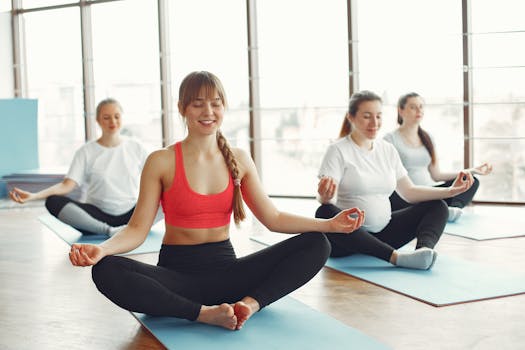
During a Hatha class, you can expect to hold poses for longer periods, allowing for a deeper understanding of alignment and breath. This style emphasizes stability and strength, making it a great choice for those looking to build a solid foundation in their yoga practice. Hatha yoga is also beneficial for improving flexibility and reducing stress.
For those interested in a more structured approach, Hatha yoga offers a wide range of poses and sequences that can cater to different skill levels. It is advisable to seek classes with experienced instructors who can guide you through the intricacies of the practice.
Vinyasa Yoga
Vinyasa yoga, often referred to as “flow” yoga, is characterized by its dynamic and fluid movements. In Vinyasa classes, poses are linked together in a continuous flow, synchronized with breath. This style encourages creativity and spontaneity, making each class unique.
Vinyasa is an excellent choice for those who enjoy a more energetic practice. The sequences can be tailored to various levels, from beginners to advanced practitioners. Vinyasa classes often incorporate sun salutations, standing poses, and balance work, providing a full-body workout.
Additionally, Vinyasa yoga helps cultivate mindfulness as practitioners learn to connect their breath with movement. This connection can lead to a meditative state, enhancing the overall experience and promoting relaxation.
Ashtanga Yoga
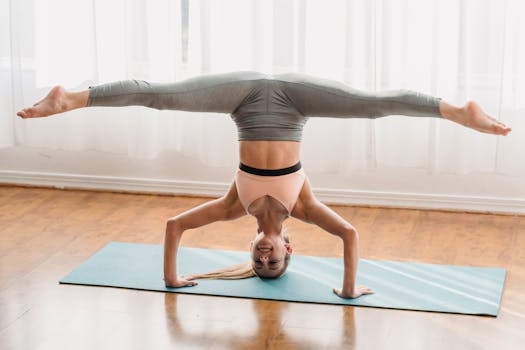
One of the defining features of Ashtanga is the use of Ujjayi breath, a technique that involves breathing through the nose while constricting the throat, producing a calming sound. This breathing technique, combined with the challenging poses, creates a moving meditation that can be incredibly grounding.
Ashtanga yoga is ideal for those who thrive on structure and discipline in their practice. The consistency of the sequences helps practitioners develop a deeper understanding of their bodies and enhances their physical capabilities.
Other Popular Styles
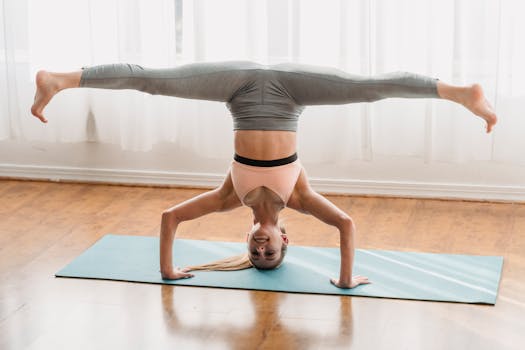
- Bikram Yoga: A series of 26 postures performed in a heated room, promoting detoxification and flexibility.
- Kundalini Yoga: Focuses on awakening the energy at the base of the spine through breath, movement, and meditation.
- Yin Yoga: A slow-paced style that targets deep connective tissues, promoting relaxation and flexibility.
- Restorative Yoga: Involves gentle poses held for extended periods, using props for support, ideal for relaxation and stress relief.
Conclusion

For more information on yoga styles, check out Yoga Journal, Yoga Basics, and Do You Yoga.
